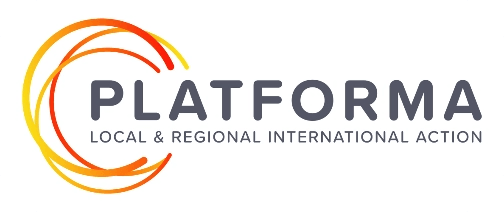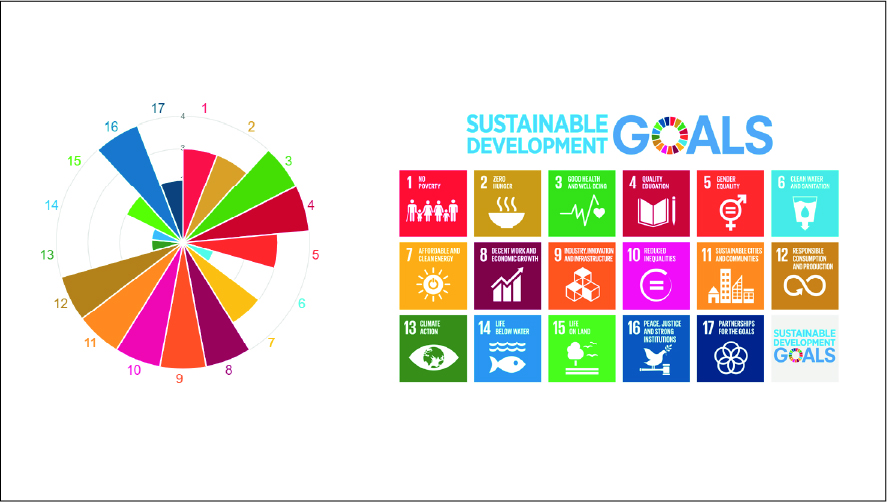In Estonia, the Association of Estonian Cities and Municipalities (AECM) worked with an expert who has since become Vice-Chairman of the National Sustainable Development Commission at the Prime Minister’s office.
In France, the national government has not set up a mechanism for consultation with local and regional governments. Nevertheless, exchanges of information have taken place between Cités Unies France (CUF) and the Ministry of Ecological Transition as part of a sharing process regarding the VNR’s development.
In Germany, the three German associations of local governments (the German Association of CEMR (RGRE), the Association of German Cities (DTS) and the German Association of Towns and Municipalities) put together a VLR in 2021, which then became an integral part of the German VNR.
In Ireland, owing to the political difficulties in the country in recent years, central government leadership has been lacking and the Northern Ireland Local Government Association (NILGA) was minimally consulted with regard to SDG progress.
In Moldova, the Congress of Local Authorities of Moldova (CALM) was involved once in the preparation of a VNR, several years ago, but not since.
In Montenegro, the SDG National Council recently set up working groups to tackle several VNR subtopics. As one of these groups consists of only local representatives, the Union of Municipalities of Montenegro (UOM) does have a degree of involvement in it as well.
In North Macedonia, the Network of Associations of Local Authorities of South-East Europe (NALAS) has been involved by way of a GIZ-supported project (“Germany Agency for International Cooperation”) entitled "Regional Learning for the Implementation of Agenda 2030 in the Western Balkans” and their efforts include providing input for the VNRs by preparing analytical contributions summarising the results from the “Localisation of SDGs” thematic groups in North Macedonia and Kosovo.
In Slovenia, cooperation between the Association of Urban Municipalities of Slovenia (ZMOS-SI) and the national government took place when the VNR was being prepared; excepting this, no specific forum/body has been designated to coordinate action on SDGs between LRGs and the national government.
In Spain, the Andalusian Municipal Fund for International Solidarity (FAMSI) has presented and approved projects promoting and accelerating public policy implementation regarding climate commitments under the framework of the SDGs and the 2030 Agenda, which carries them with its financial support from the Secretary of State for the 2030 Agenda under the Ministry of Social Rights and 2030 Agenda.
In Ukraine, the focus of national policy has ineluctably changed since the full-scale Russian invasion in February 2022. For the Association of Ukrainian Cities (AUC), there were understandably fewer events organised in 2022 on coordination mechanisms for the implementation and follow-up of the SDGs.


